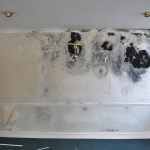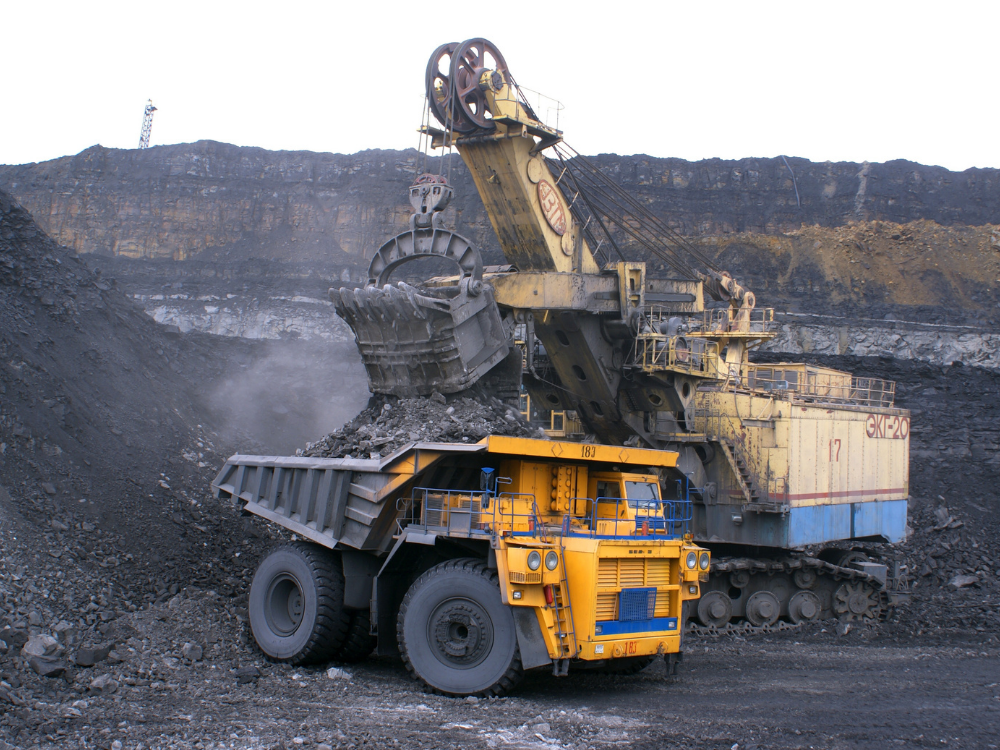Australian mining safety companies are joining calls for greater protection of workers from the risks associated with exposure to silica dust. Dust suppression firm Global Road Technology, which has recently introduced dust control technology across Australian mine sites, has said that workplace standards for the safety of workers need to be higher.
Modelling by Curtain University, which the Australian Council of Trade Unions commissioned, has estimated that as many as 10,000 Australians will develop lung cancer, while an additional 103,000 will develop silicosis due to workplace exposure.
Media coverage of silica dust exposure has increased lately, following the release of the report and the Construction, Forestry, Maritime, Mining and Energy Union stating that they would ban workers from working with risky silica products if the government fails to implement a nation-wide ban on the products.
Stonemasons working with engineered stone are among the most at-risk groups for silicosis, but any worker in a workplace with respirable silica dust is at risk, and that includes a significant portion of Australian miners.
“Cases of occupational lung disease are growing and a greater focus needs to be placed on holistic dust suppression strategies to protect workers from particulate pollution,” said GRT chief executive officer Troy Adams.
“Industries across Australia need to work with governments and Safe Work Australia to create guidelines to better manage the risk of silicosis with a focus needed on ‘whole of site’ dust mitigation strategies for relevant workplaces a must as technology solutions like ours need to be partnered with safety processes.”
For Adams, involving all workers who may encounter silica dust in the workplace in the conversation is critical to the process.
“At GRT we are welcoming the advocacy around protecting people from the hazards of working with engineered stone, but we do want to also shine a light on the need for the mining sector to strengthen its protections as workers – particularly in coal mines – are also exposed to high levels of silica dust,” Adams sad.
“There needs to be a more proactive approach from industry and government alike to collaborate on developing practical benchmark guidelines with the CRIS consultation process highlighting the need to have more than one control method – the potential for over 100,000 cases of silicosis across the country calls for unified action for what is a largely preventable disease.”




